
The ultimate guide to which sunscreen is best for teenagers
Sunscreen is the most integral ingredient of any skincare routine. It is essential for teenagers since they are exposed to the sun for the maximum amount of the day. Hence, without sunscreen, they will eventually succumb to various skin diseases and skin cancers in case of prolonged exposure.
Three types of sunscreen come with varying SPFs, each best for a particular skin type. Well, do you need clarification as to which sunscreen is best for teenagers? Then, read along for a holistic guide on using and choosing sunscreen.
What are the types of sunscreens available?
Sunscreens have evolved since its discovery to cater to the needs of every generation. For instance, in a world like ours, harmful rays like UVA and UVB are emitted via sun rays. Hence, the availability of sunscreen is more specified than before to combat this concern. Three different types of sunscreens are available - Mineral, Chemical, and Hybrid.
-
Mineral / Physical
These products will shield your skin from the sun's rays. They majorly consist of zinc oxide and titanium dioxide. These components do not allow the rays to penetrate the skin. These are normally 'broad-spectrum' sunscreens that can effectively deal with UVA and UVB rays. They are usually of a thick consistency and might leave white marks on the face.
-
Chemical
The function of this sunscreen is to absorb the sun's rays and then convert them into heat before releasing them into the body. This helps protect the body from taking the various harmful elements of the ray. They consist of chemical components like avobenzone, oxybenzone, octinoxate, etc. Chemical sunscreens are normally breathable and airy in texture.
-
Hybrid
The third one is the Hybrid sunscreen, which outshines the above two. This is because hybrid sunscreen is a blend of the upper two variants. It can deflect the sun's rays and absorb them to change into heat before releasing them. Also, unlike chemical sunscreen, all hybrid variants are broad-spectrum. It also has a light and breathable texture.
Which SPF is best for teenagers?
Teenagers are the most exposed to the sun and its harmful rays. Hence, deciding which SPF is best for teenagers is quite fundamental. Since they are out under the sun most of the time and engage in different outdoor activities, sunscreen with SPF 50 is the best for them. Additionally, if it is a broad-spectrum one, the benefits will thus be doubled. These types of sunscreen are a precautionary step for arresting diseases like premature ageing, acne, sunburn, skin cancer, hyperpigmentation, etc. Thus boosting the overall confidence of the teenager.
Also read: What Is SPF in Sunscreen?
How and when to use sunscreen for teenagers?
The application of sunscreen, especially for teenagers, must be performed in a certain manner for the best results. Scroll below to learn the method and frequency of sunscreen use for teenagers.
Before using the product, remember to shake it well to blend all the components that might be clustered. Next, make use of the two-finger rule when you apply. A common myth about sunscreen is that it is only for the face. Rather, apply a generous amount of the product to all the exposed areas of your body for the best outcome. When applying it near the eye, be very careful. You can also use sunscreen sticks to apply on the sensitive skin around the eyes.
All types of sunscreen require some time to absorb into the skin before it activates its function. Hence, applying the product and immediately stepping out will not serve your purpose and will wash off once you sweat. You need to wait for twenty to thirty minutes after the application before leaving the house. If you are an athlete or engage in strenuous activities, apply the Mineral Matte Tinted Sunscreen after such activities. Also, you should reapply every three to four hours.
Ingredients to avoid for sunscreens for teenagers
The teenage skin is quite sensitive and vulnerable; hence, keeping track of what we apply is necessary. There are many ingredients present in sunscreen that might not work for teenagers' skin. Hence, it is best to avoid them. To answer the predominant question of which sunscreen is best for teenage girls, in a sentence: the best option should be devoid of these fourteen ingredients. The components are,
- Oxybenzone
- Avobenzone
- Homosalate
- Octinoxate
- Octocrylene
- Cinoxate
- Dioxybenzone
- Ensulizole
- Meradimate
- Padimate O
- Sulisobenzone
- Octisalate
- Aminobenzoic acid
- Trolamine salicylate
Conclusion
Sunscreen is a must for teenagers since they are often exposed to sun rays. The sunscreen should also contain hydrating factors to treat the dehydrated skin whenever required. However, when purchasing sunscreen, ensure it contains no harmful ingredients that may inhibit your skin's nourishment. Rather, choose renowned products enriched with the goodness of several nutrients, such as cucumber, shea butter, etc.
Also read: Sunscreen: Before Or After Makeup? & How To Apply It
FAQs:
-
Which sunscreen is best for teenagers?
A broad-spectrum sunscreen that can tackle both UVA and UVB rays is the best option for teenagers
-
Which SPF is best for teenagers?
Teenagers should use an SPF of 50 for the best outcome.
-
How often do we need to reapply the sunscreen?
Generally, applying after two to three hours is enough. But after strenuous activities and swimming, immediately apply sunscreen.
-
Why do I need to protect my skin with sunscreen?
If the skin is directly exposed to the sun, it may cause health issues like skin cancer, premature ageing, hyperpigmentation, acne, sunburn, etc.
-
How long should I wait after applying my sunscreen?
Applying it twenty to thirty minutes before leaving the house is best. This will allow it to be satisfactorily absorbed into the skin.

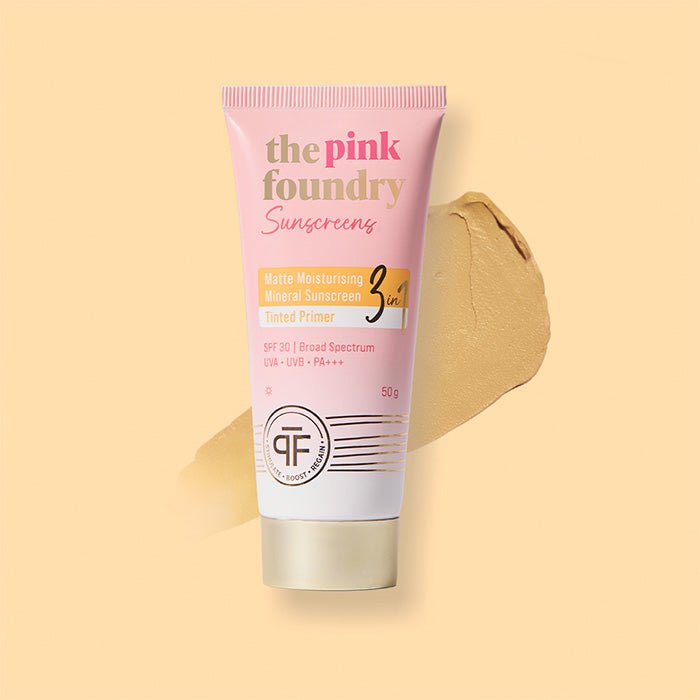



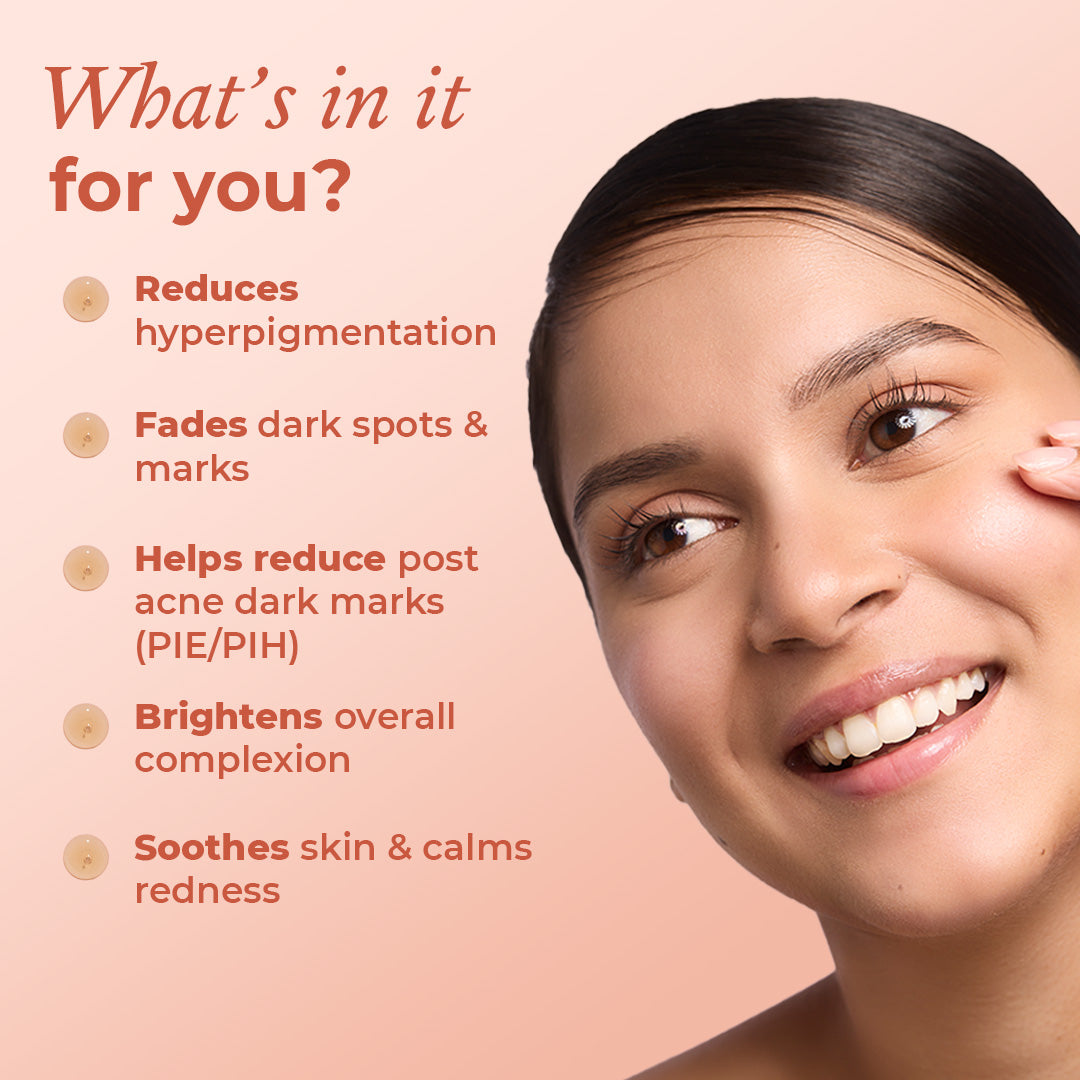

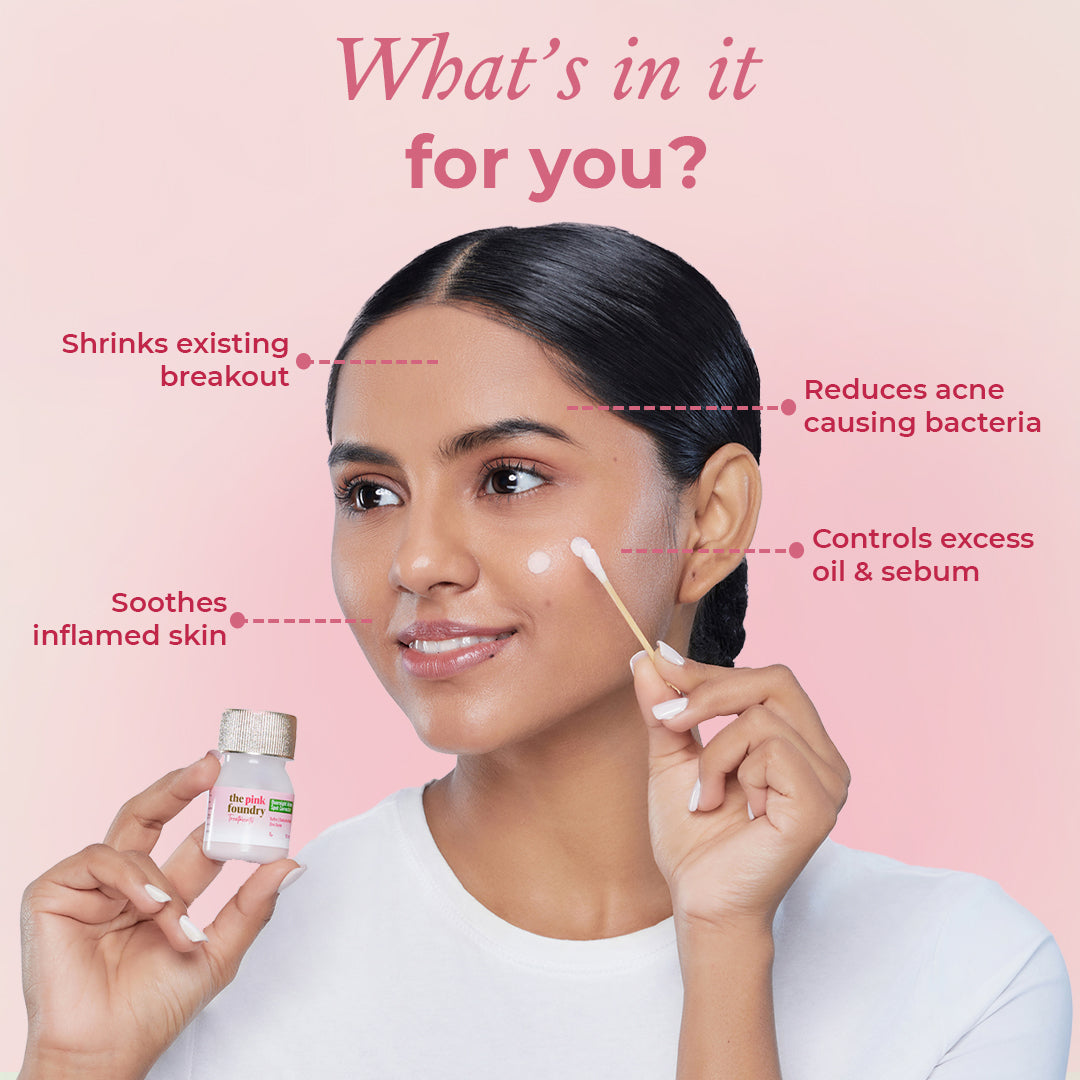
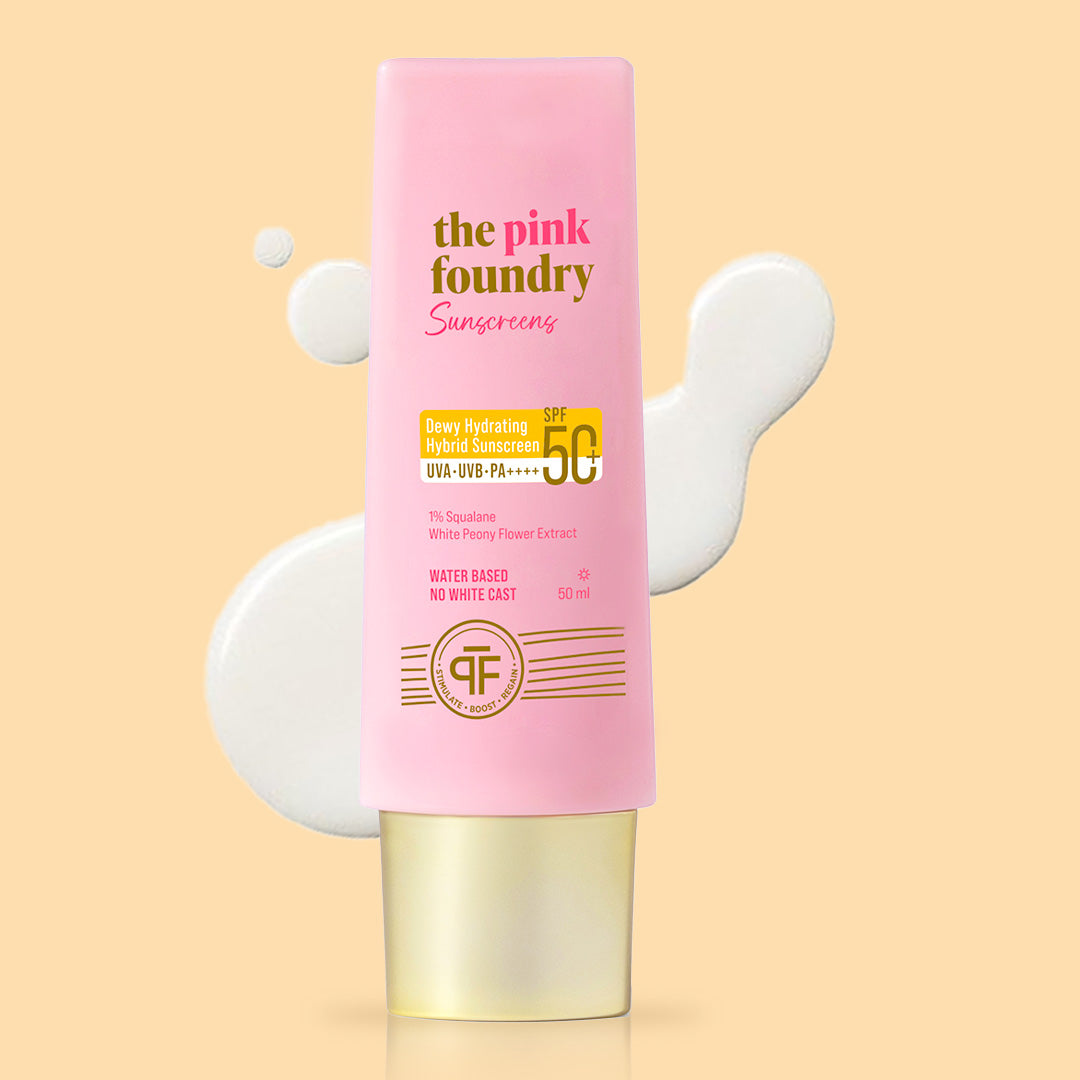
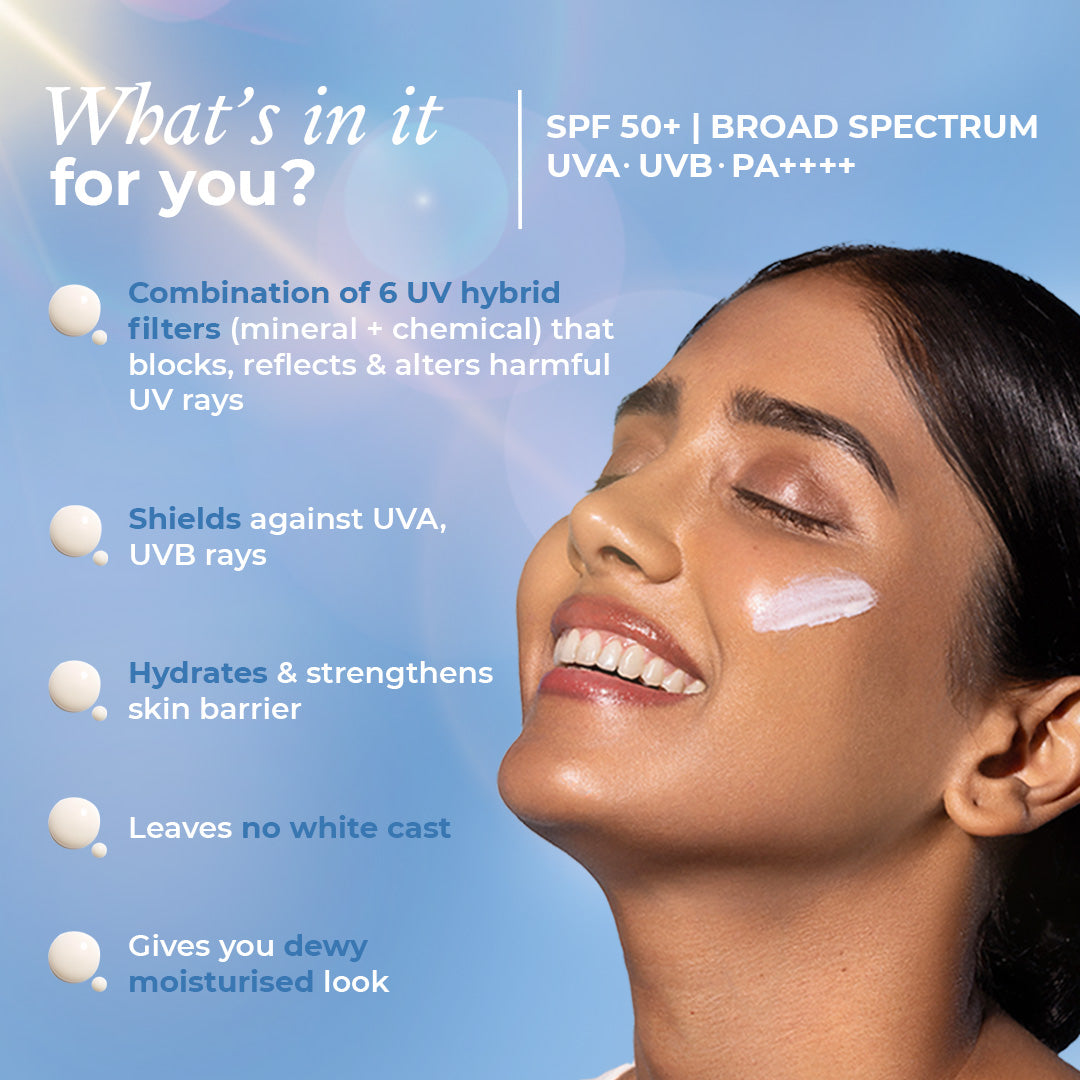
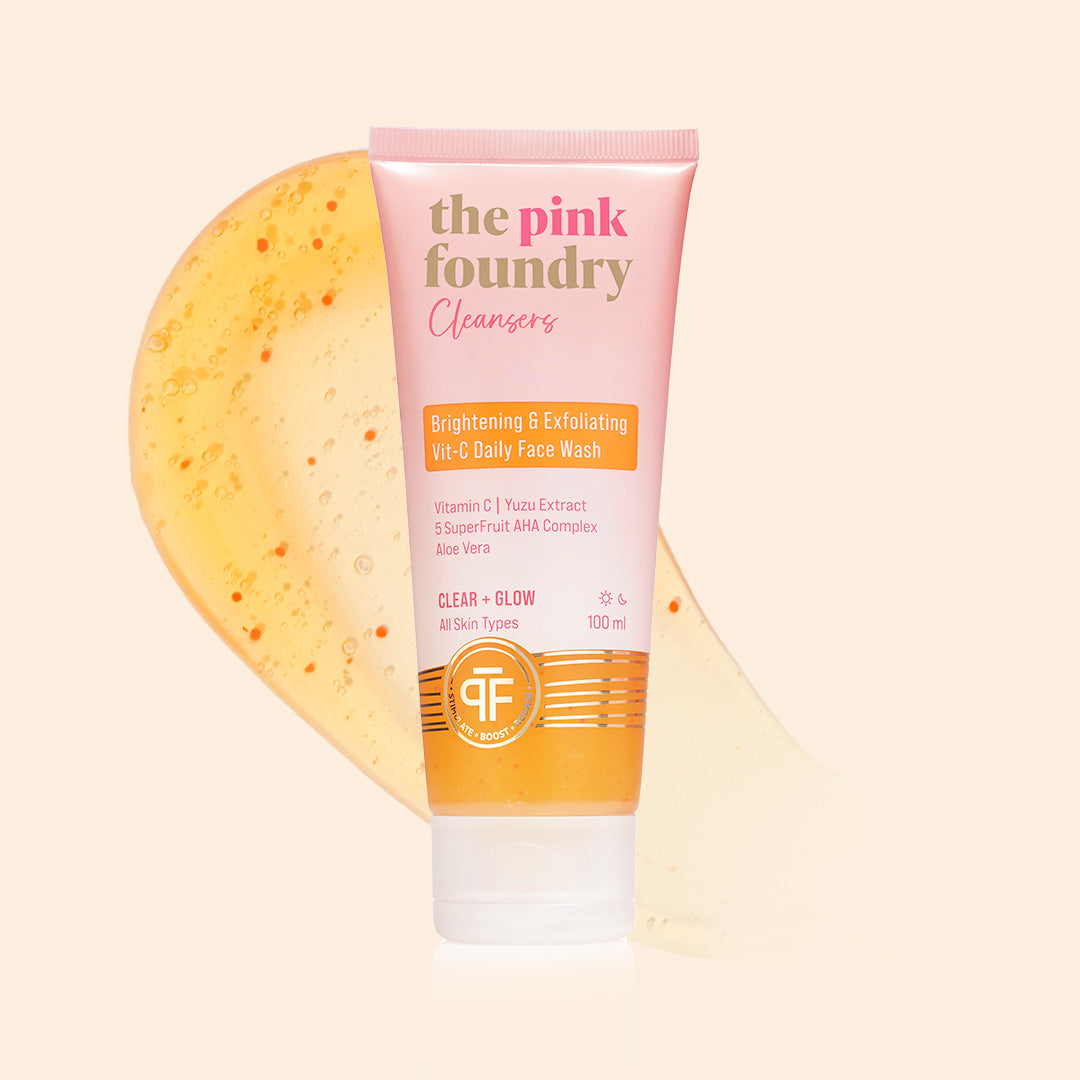
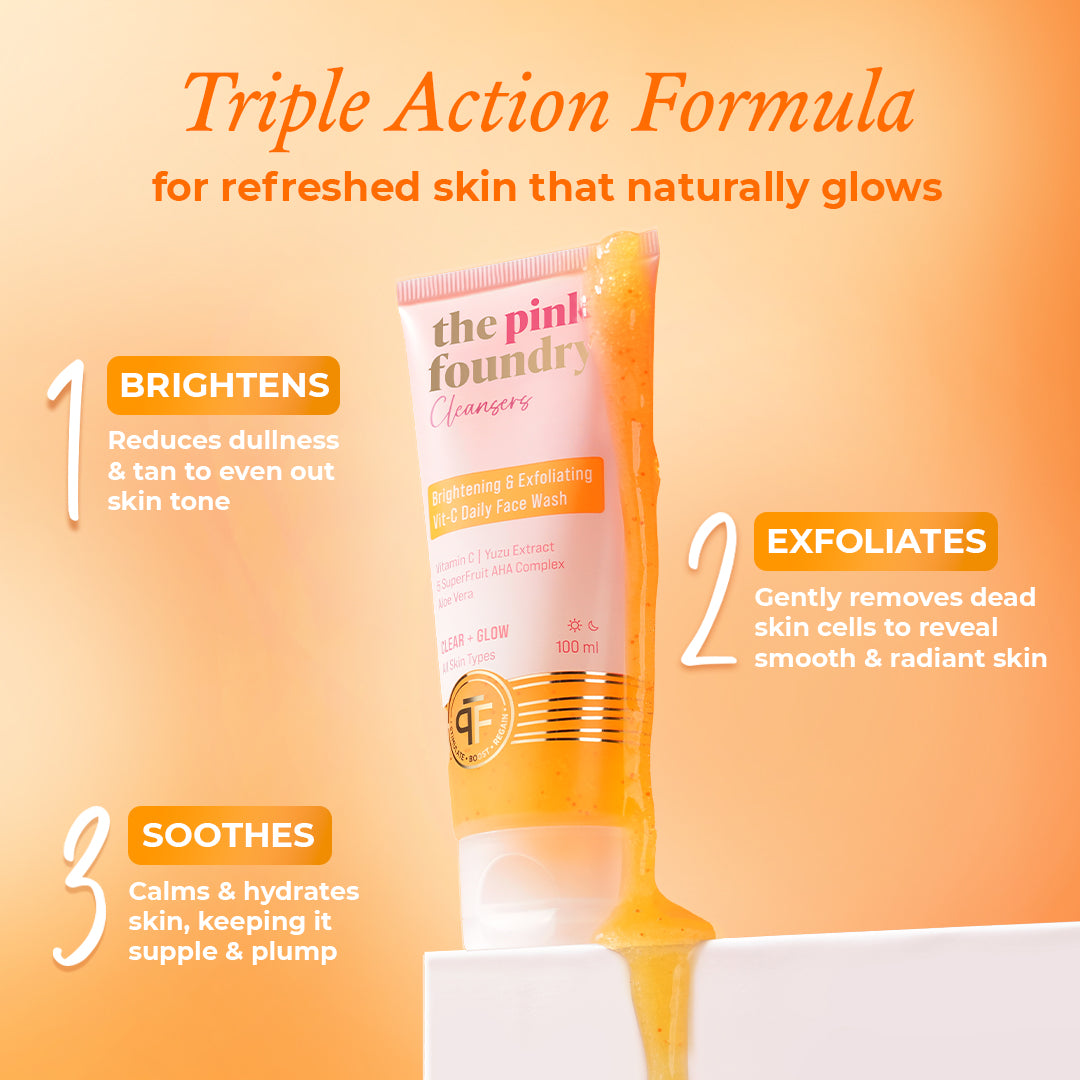
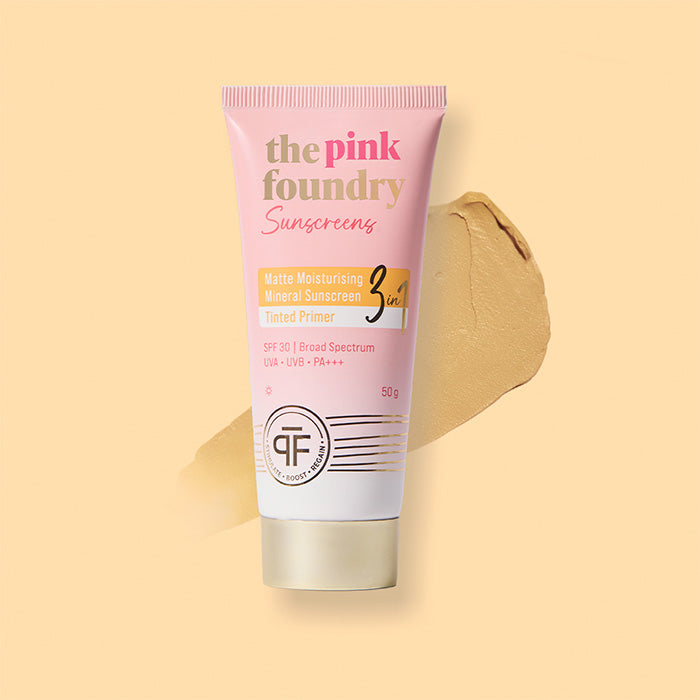
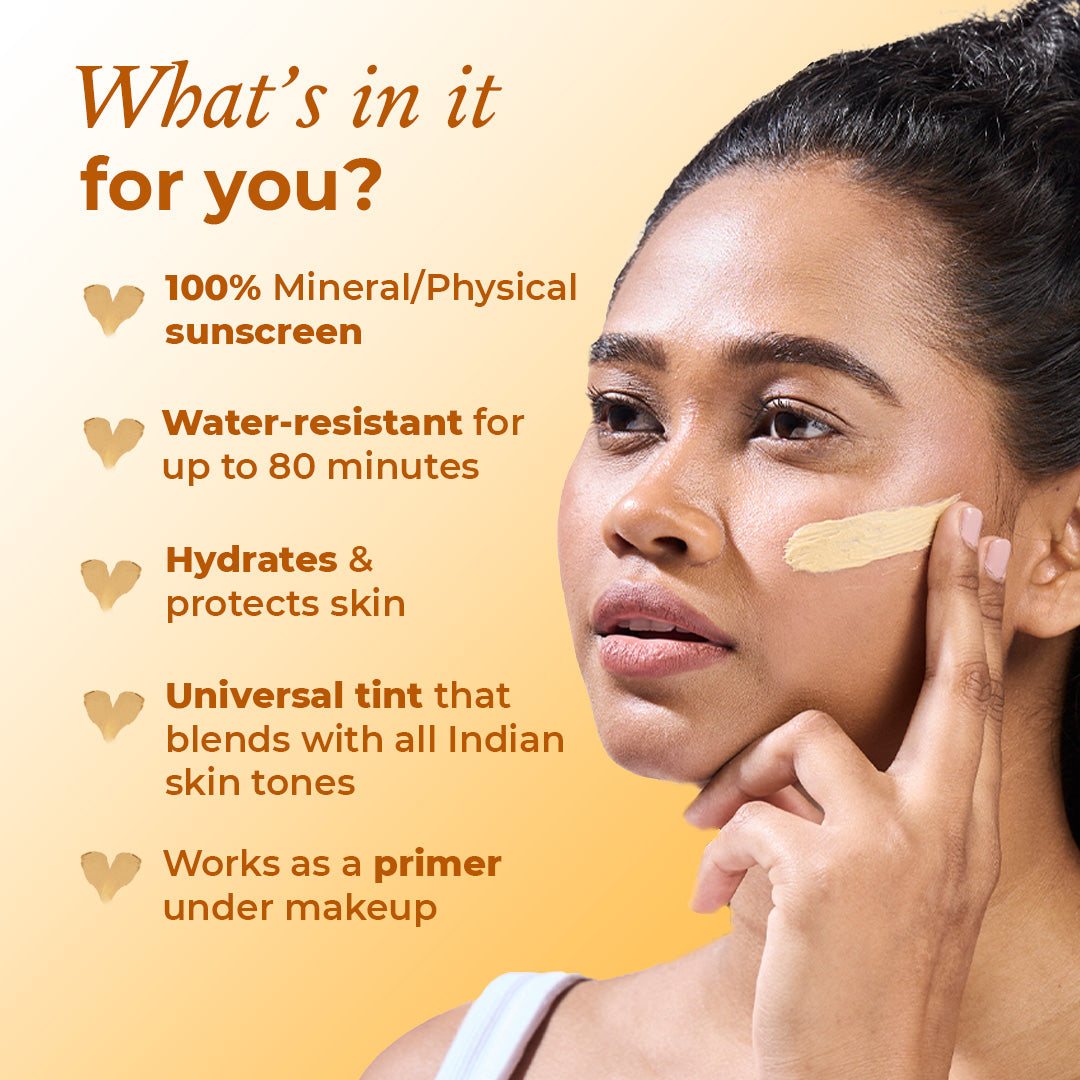
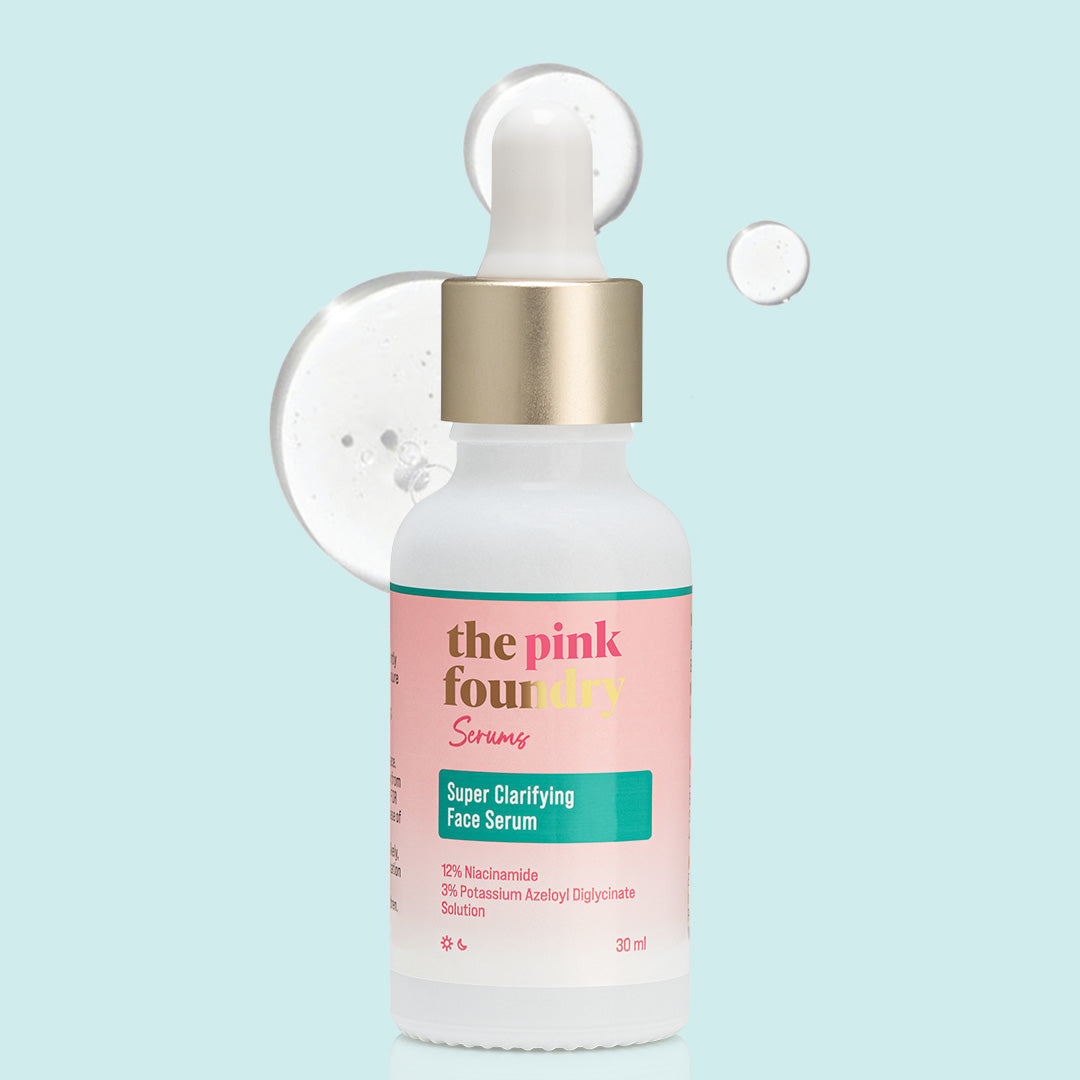
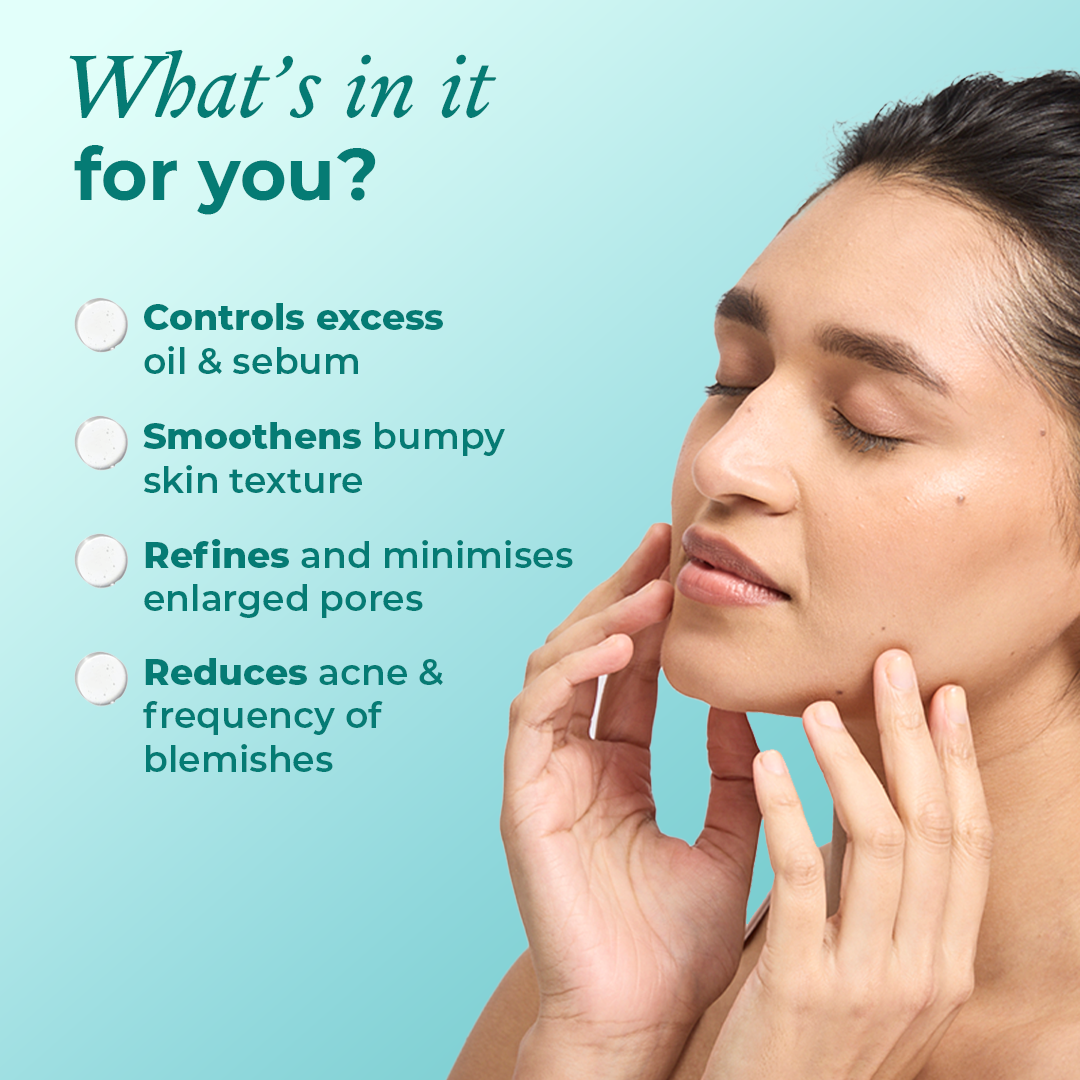

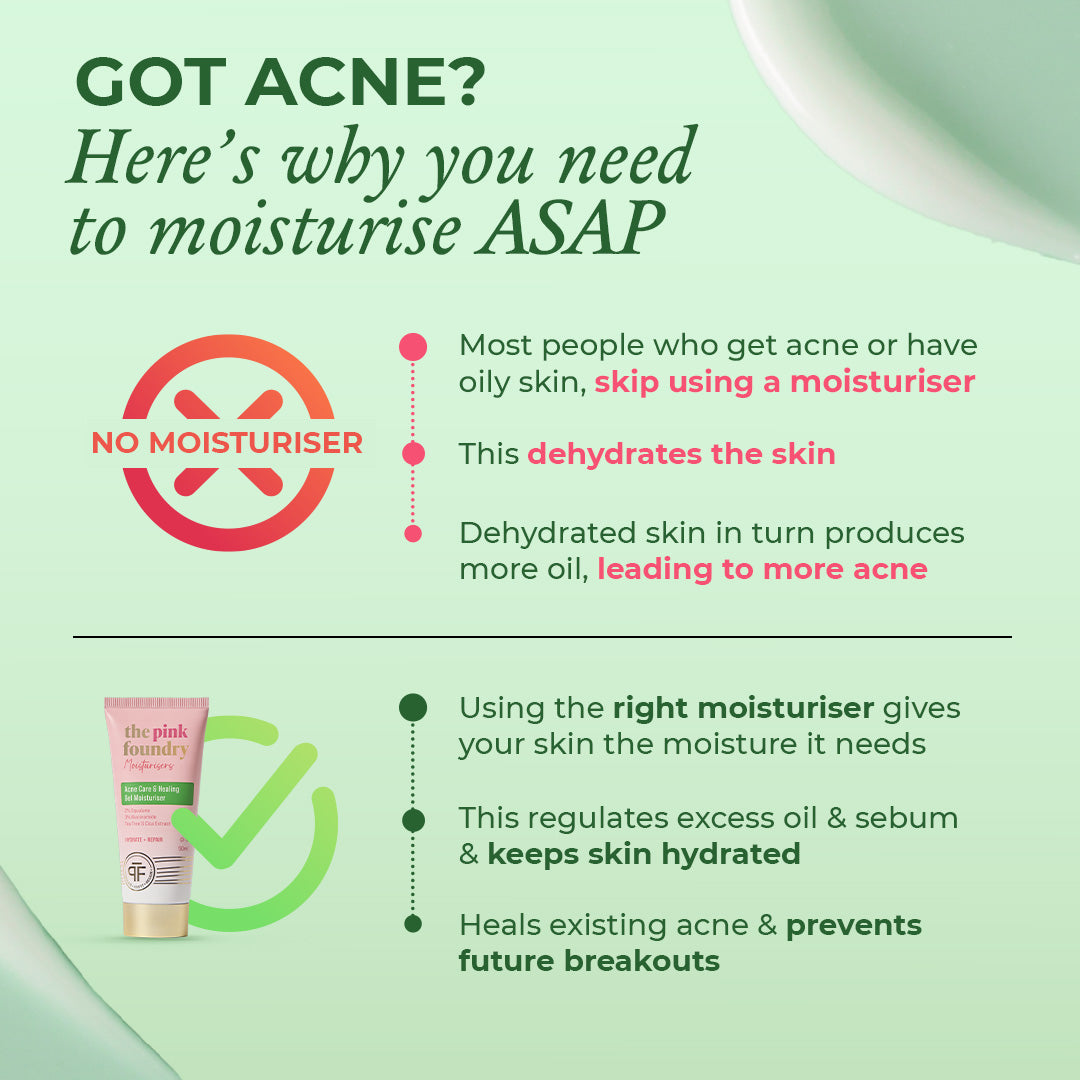
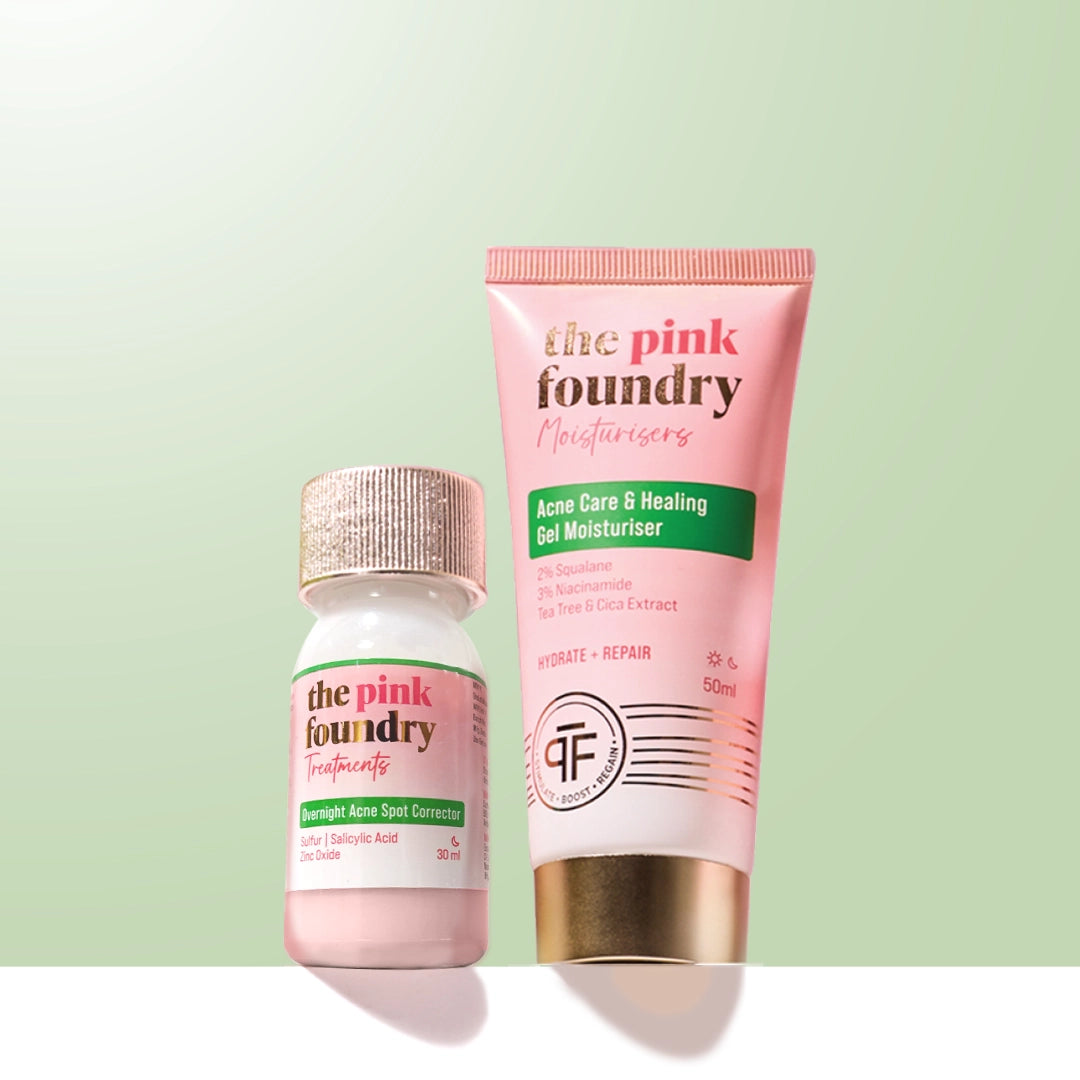
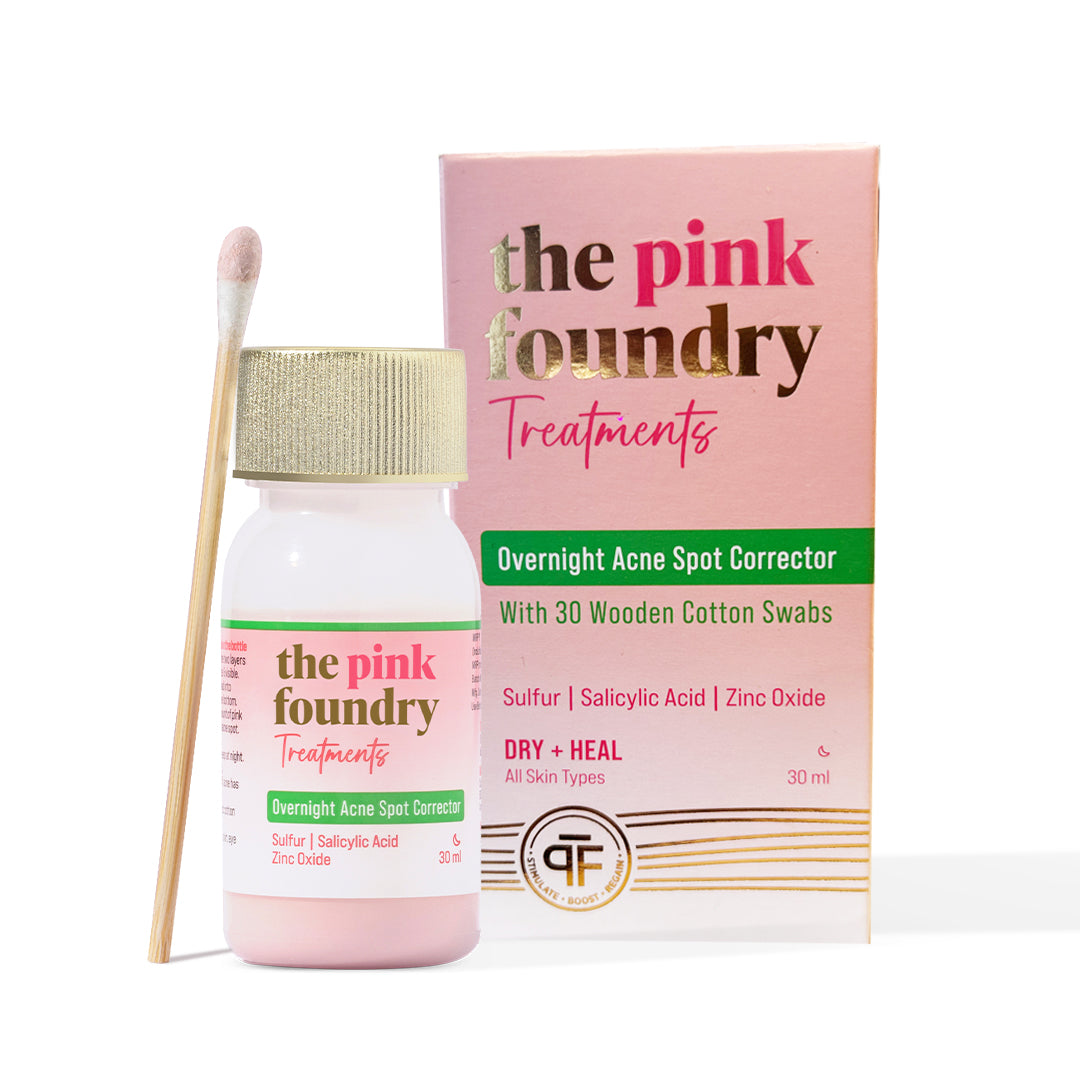
Leave a comment
This site is protected by hCaptcha and the hCaptcha Privacy Policy and Terms of Service apply.